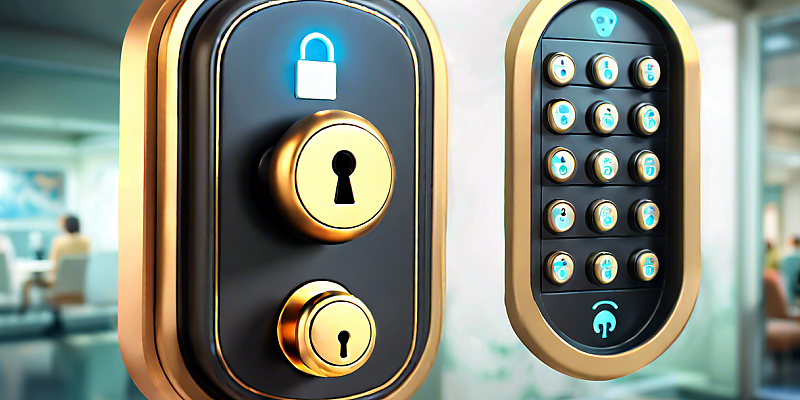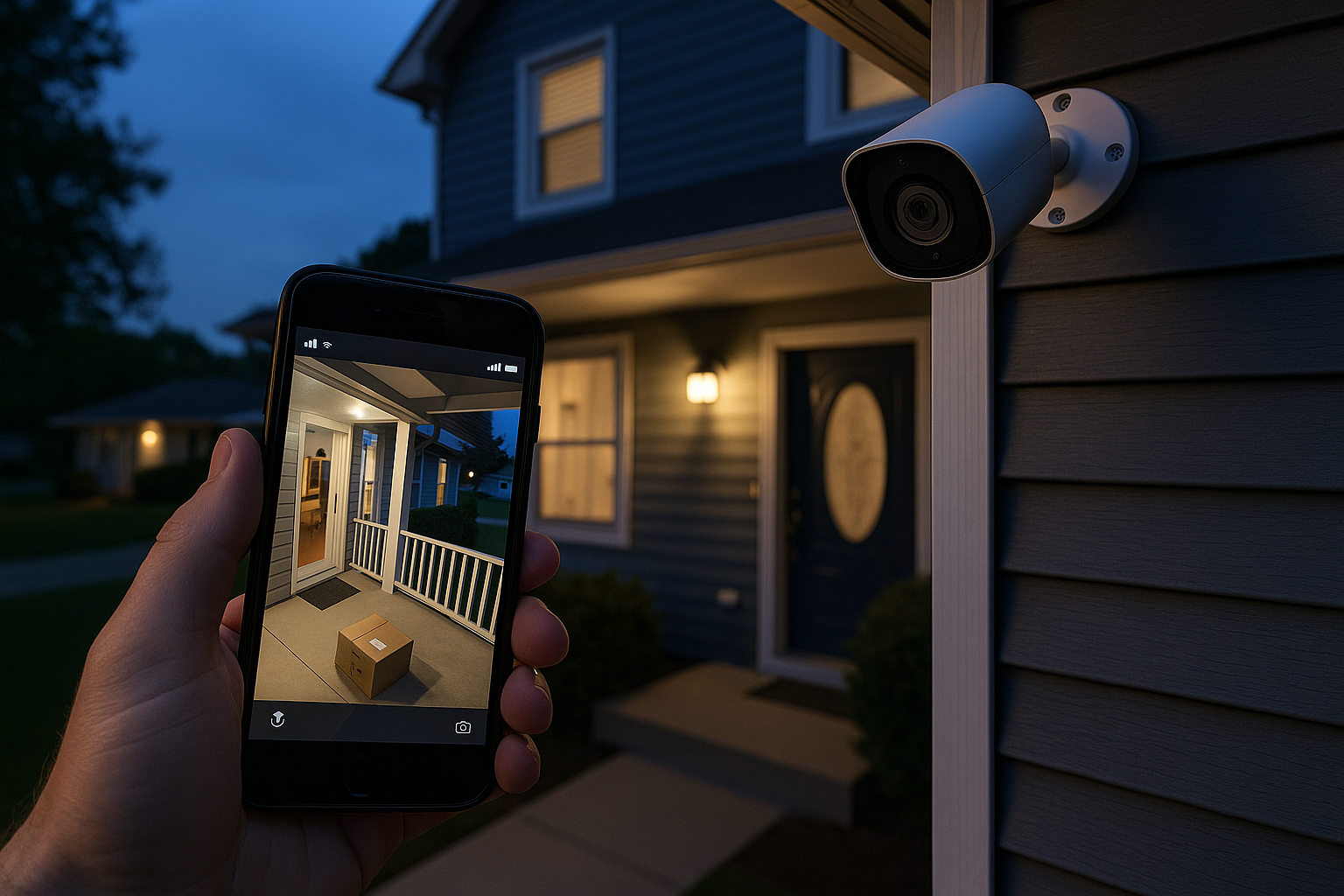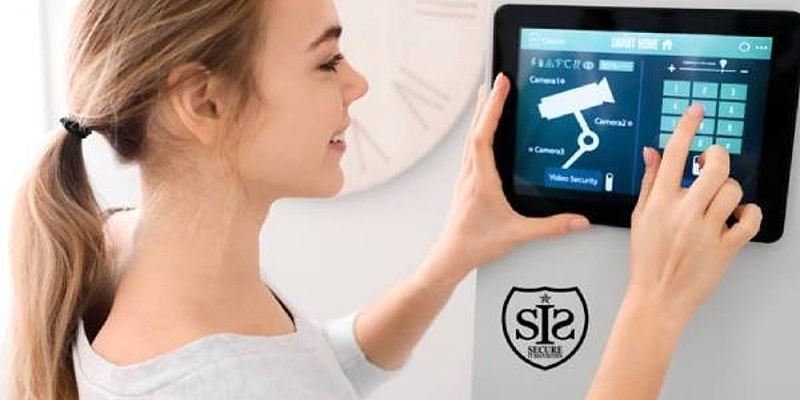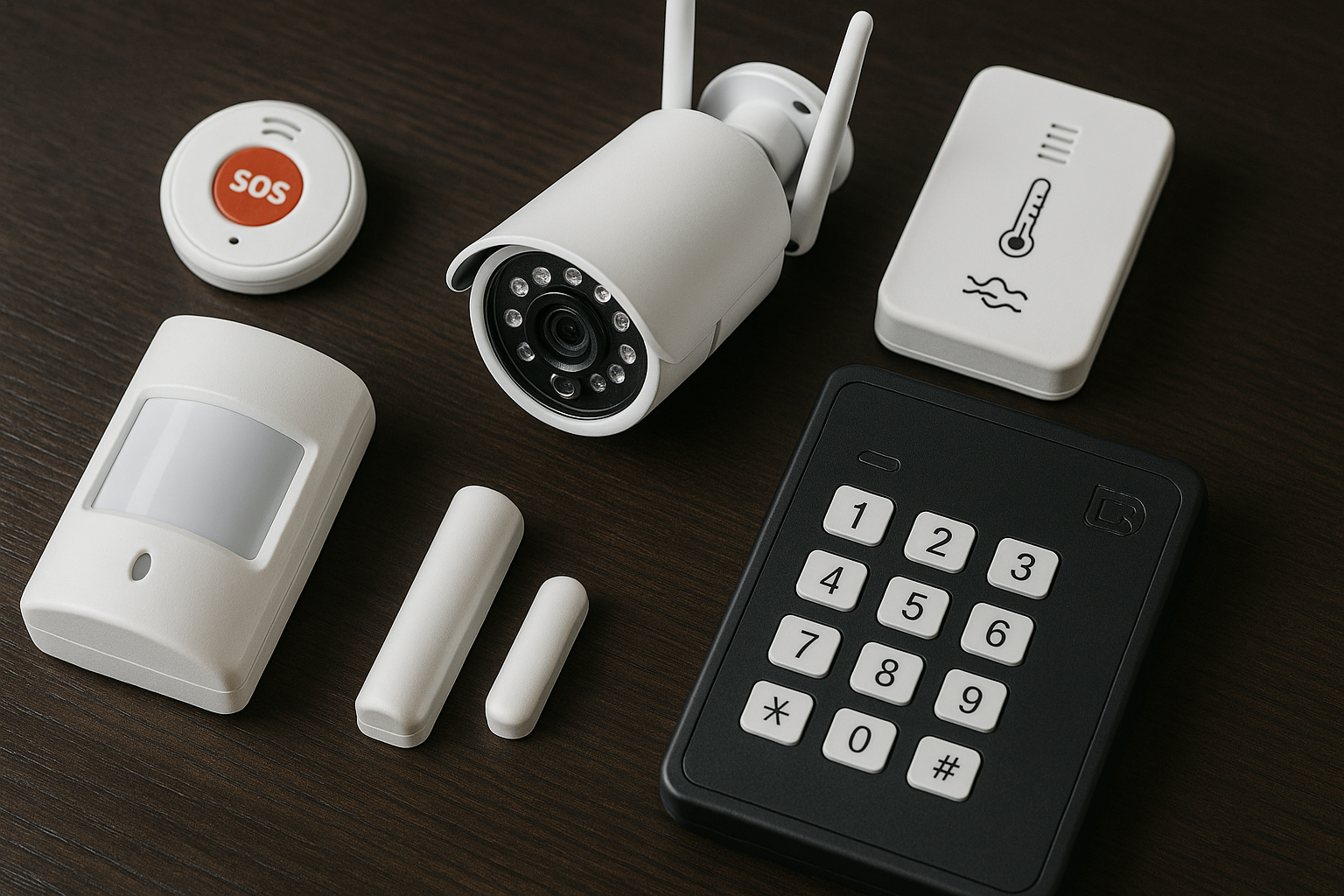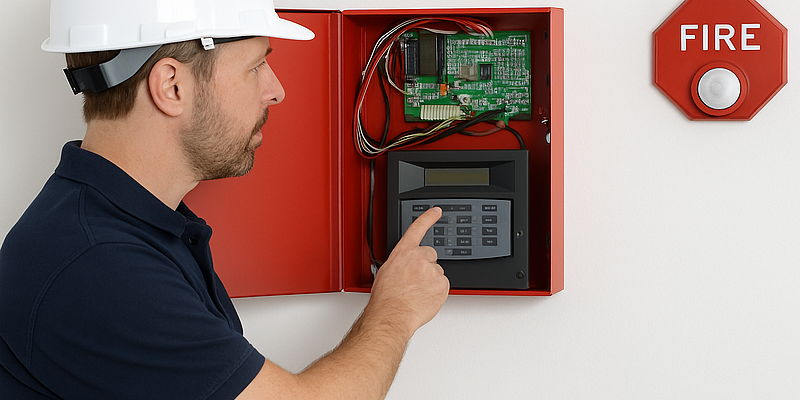-
24 Hour Emergency Service
- 24 Hour Emergency Service
Are Smart Locks Safe?
Potential Vulnerabilities of Smart Locks
Understanding Potential Vulnerabilities of Smart Locks
Smart locks have revolutionized the way we secure our homes, offering convenience and enhanced security. However, like any technology, smart locks are not immune to vulnerabilities that can be exploited by malicious actors.
One of the primary concerns with smart locks is the potential for hacking. As these devices are connected to the internet or a home automation system, they become susceptible to cyber attacks. Hackers can exploit weak passwords, outdated software, or even intercept communication between the lock and the user's device.
Another vulnerability of smart locks is physical tampering. Some smart locks rely on wireless signals, such as Bluetooth or Wi-Fi, to function. If these signals are jammed or intercepted, the lock can be rendered ineffective, allowing unauthorized access to the property.
Furthermore, there have been instances where smart locks have experienced software bugs or glitches that could compromise their security features. These vulnerabilities can be exploited to bypass the lock or create malfunctions that jeopardize the integrity of the locking mechanism.
To mitigate these risks, it is essential for users to stay vigilant and follow best practices for securing their smart locks. Regularly updating the lock's firmware, using strong and unique passwords, and enabling two-factor authentication can significantly enhance the security of smart locks.
While smart locks offer convenience and advanced security features, it is crucial to be aware of their potential vulnerabilities. By understanding these risks and taking proactive measures to address them, users can enjoy the benefits of smart lock technology without compromising the safety of their homes.
Best Practices for Securing Smart Locks
When it comes to the security of your home or business, smart locks can provide convenience and an extra layer of protection. However, to ensure that your smart lock is safe from potential vulnerabilities, it is essential to follow best practices for securing smart locks.
Regularly Update Firmware
One of the most crucial steps in securing smart locks is to regularly update the firmware. Manufacturers often release updates to fix security vulnerabilities and improve the overall performance of the smart lock. By ensuring that your smart lock's firmware is up to date, you can reduce the risk of potential hacks or unauthorized access.
Use Strong Passwords and Usernames
Another important practice is to use strong and unique passwords and usernames for your smart lock system. Avoid using default passwords or easily guessable combinations. Instead, opt for complex passwords that include a mix of letters, numbers, and special characters. Additionally, consider enabling two-factor authentication for an added layer of security.
Secure Your Wi-Fi Network
Since most smart locks communicate over Wi-Fi or Bluetooth, securing your network is paramount. Make sure to use a strong encryption method such as WPA3 and change your Wi-Fi password regularly. Additionally, consider setting up a separate network for your smart devices to prevent unauthorized access to your main network.
Monitor Access and User Permissions
Keep a close eye on who has access to your smart lock system and regularly review user permissions. Remove any unnecessary or outdated accounts and limit access to trusted individuals only. In case of employee turnover or tenant changes, remember to revoke access promptly to maintain the security of your smart lock system.
Implement Physical Security Measures
While smart locks offer advanced technological security features, it's also essential to implement physical security measures. For instance, consider reinforcing doors and windows, installing security cameras, and using additional security tools such as doorbell cameras or motion sensors to enhance the overall security of your property.
By following these best practices for securing smart locks, you can maximize the safety and efficiency of your smart lock system. Remember that proactive security measures are key to safeguarding your home or business from potential threats.
Key Takeaway:
While smart locks offer convenience and enhanced security features for homeowners, it is crucial to be aware of the potential vulnerabilities they pose. By implementing best practices such as using complex passwords, enabling two-factor authentication, keeping firmware updated, and monitoring access logs regularly, users can significantly enhance the safety and reliability of their smart lock systems. Taking proactive steps to secure smart locks can help mitigate risks and ensure the continued safety of your home and loved ones.
Conclusion
In today's rapidly advancing technological landscape, smart locks have become increasingly popular due to the convenience and security they offer. However, with this convenience comes the risk of potential vulnerabilities that can compromise the safety of our homes. It is crucial for users to be aware of these vulnerabilities and take necessary precautions to ensure that their smart locks are secure.
One of the key vulnerabilities of smart locks is the potential for hacking. As with any internet-connected device, smart locks can be susceptible to cyber attacks if not properly secured. Hackers may exploit weak passwords, insecure networks, or software vulnerabilities to gain unauthorized access to the smart lock system. This can lead to break-ins, theft, or other security breaches that put the safety of the property and its occupants at risk.
Another vulnerability to consider is the risk of physical tampering. Smart locks that rely on wireless communication, such as Bluetooth or Wi-Fi, can be susceptible to jamming or signal interception attacks. In some cases, intruders may even attempt to physically manipulate the lock mechanism to gain entry. This highlights the importance of choosing a smart lock with robust physical security features to prevent unauthorized access.
To mitigate these vulnerabilities and enhance the security of smart locks, there are several best practices that users can follow. Firstly, it is essential to choose a reputable smart lock manufacturer with a track record of developing secure products. Conducting thorough research and reading customer reviews can help users make an informed decision when selecting a smart lock for their home.
Additionally, users should regularly update the firmware and software of their smart locks to ensure that they are equipped with the latest security patches. Manufacturers often release updates to address known vulnerabilities and enhance the overall security of their products. By staying up to date with these updates, users can reduce the risk of falling victim to cyber attacks or other security threats.
Furthermore, implementing strong authentication measures can help prevent unauthorized access to smart locks. This includes using complex passwords, enabling two-factor authentication, and restricting access permissions to trusted individuals only. Avoid using default passwords or easily guessable combinations, as these can make it easier for hackers to compromise the smart lock system.
While smart locks offer a convenient and innovative way to secure our homes, it is essential to be aware of the potential vulnerabilities they pose. By understanding these risks and adopting best practices for securing smart locks, users can better protect their properties and enjoy the benefits of smart home technology with peace of mind. Stay informed, stay vigilant, and stay secure.
--
Remember to leave a comment if you found any of this helpful and to share it with someone who you think can benefit from this. Secure it Securities is the only security company that protects you for free – Download our free guide The Top 5 questions to ask your security company. Join Now!
Reach out to Secure It Securities Corp today for a personalized consultation and get started on securing and automating your property in Rockland County, NY.
Contacting us is easy – simply reach out to us via phone, email, or by booking a call to speak with one of our security experts.
Don't wait until it's too late to protect your property and loved ones. Take the first step towards a safer and more secure future by contacting Secure It Securities Corp today!
Looking for details about our comprehensive security solutions? Visit our Interactive Home Security page to learn more. Ready to experience peace of mind? Contact us today to get started.
‹ Back




